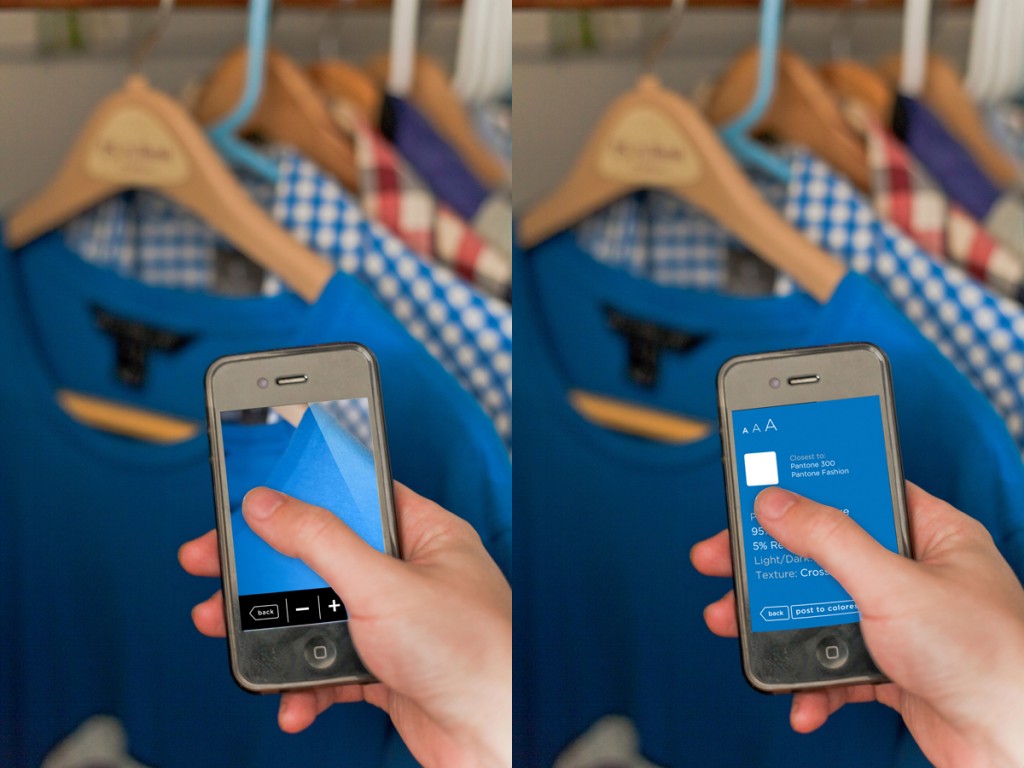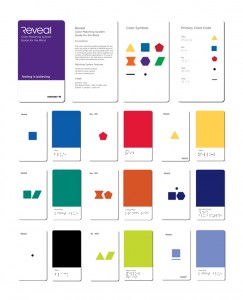
According to Lighthouse International, it is estimated that 17% of persons age 45 and older in the United States report some form of vision impairment, representing 16.5 million people. Approximately 21% of people age 65 and over also report some form of vision impairment, or about 7.3 million people. It is estimated that by 2020, that number will rise to 11.3 million. According to the World Health Organization, over 285 million people worldwide are visually impaired (VI). Of those, 39 million people are completely without sight.

(Photograph by Abisag Tüllman, courtesy of Vitsœ)
“Good design makes a product understandable… At best, it is self-explanatory.” – Dieter Rams. For a product to be understandable to someone who is visually impaired, it means something totally different than for someone who has fully functioning eyesight. One major problem for the VI is the ability to see colors. Those who are colorblind cannot distinguish colors the way most people can. They will generally see less contrast, and by lightening the light colors, and darkening the dark colors, its visual accessibility will increase. It also helps to exaggerate lightness differences between foreground and background colors, and avoid using colors of similar lightness next to one another, even if they differ in saturation or hue.

The ubiquity of smartphones has made accessibility for the VI easier than ever, providing a platform for designers to create tools to assist in everyday tasks, including navigating the digital world. A group of Drexel grads recently created a set of mobile apps design to make life easier for the VI. It started as a college senior project and turned into a set of five apps, backed by research and real world testing with the Overbrook School for the Blind, under the umbrella name VisAssist. Contrastinator uses a smartphone or tablet camera to magnify text, and increase contrast. Another app acts as an overlay for Facebook and Twitter and provides an uncluttered experience that, by using each site’s API, will remain unchanged despite any formatting changes the individual site may undergo. As one of the designers, Nate Bomberger, explains, “They can use these things without having to relearn the user interface every time. For a person who can’t see, that’s important.” The apps also include a customized non-QWERTY keyboard that uses text-to-speech prompts to guide the user to the right letter.

The designers at Team Reveal, in collaboration with PANTONE, have explored how color can redefine or revitalize an object or space with a social cause in mind. In other words, they developed a way for the blind to “see” color. Using a series of raised geometric shapes, Reveal creates an alphabet of color, much like Braille does for letters. Symbols for six basic colors; Yellow, Blue, Red, Orange, Purple, and Green; can be used to convey the color of an object, and modified by symbols for White and Black. Along with Brown, it creates a character set of twenty two colors to establish a color language. These raised symbols, in conjunction with Braille, can be used by packaging designers to denote color on labels, hang tags, and packages. When used in conjunction with a smartphone app, the VI will be able to better make informed decisions about the products they’re purchasing .
The VisAssist apps are available here through Google Play for all Android devices, and for iPhone users, a list of recommended apps for the VI can be found here.
[Source: Reveal, VisAssist, CBS Philly, Lighthouse International, Vitsœ.]